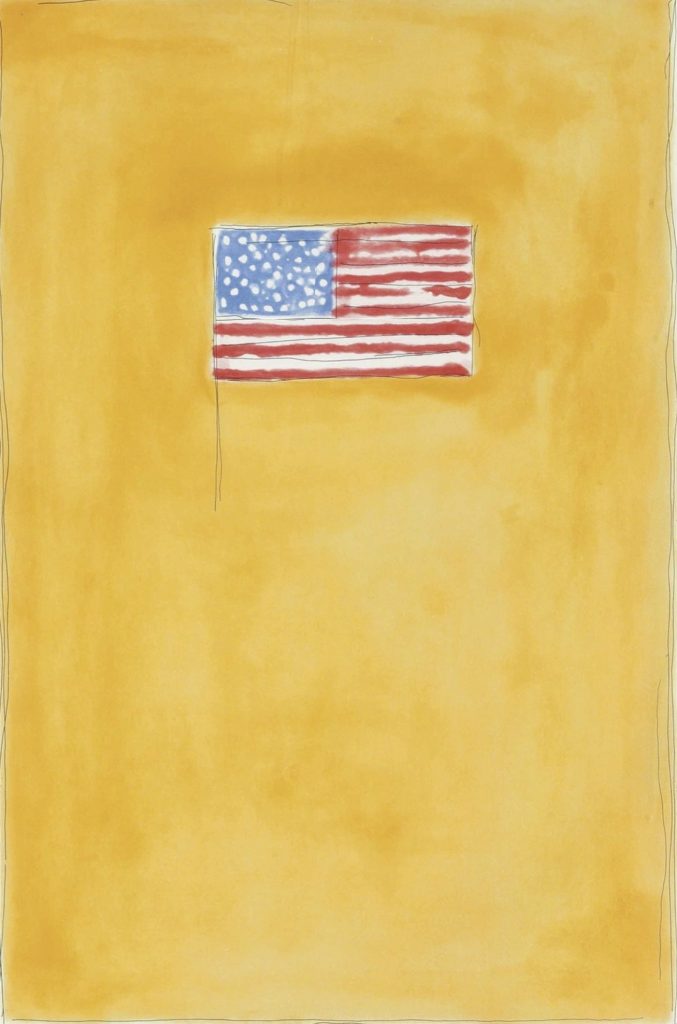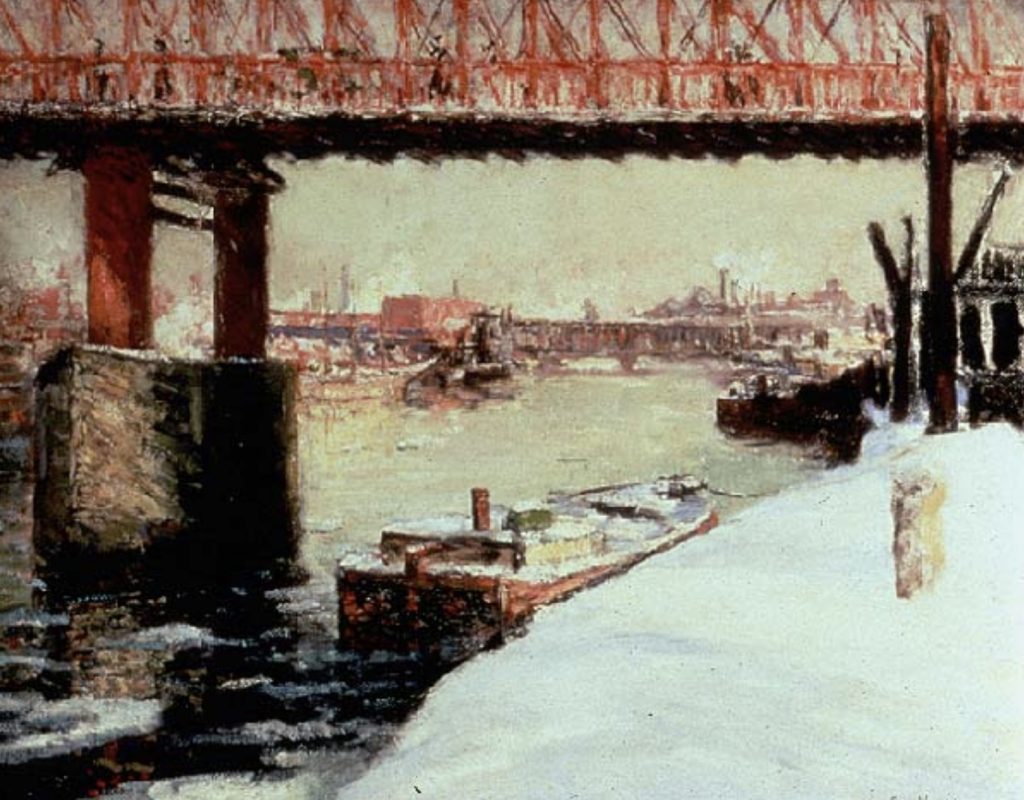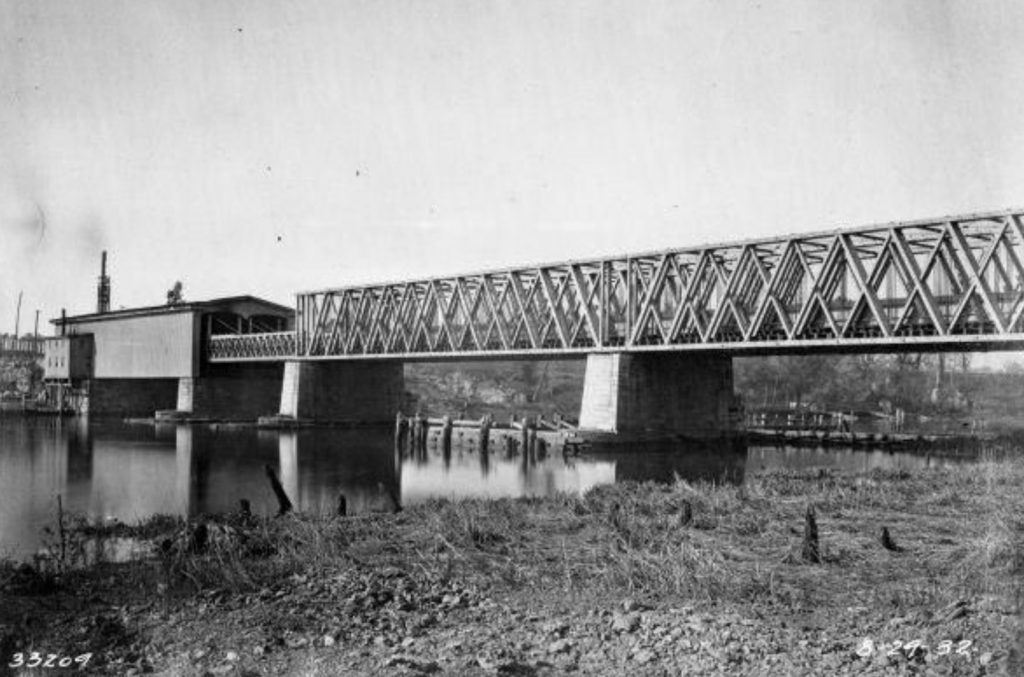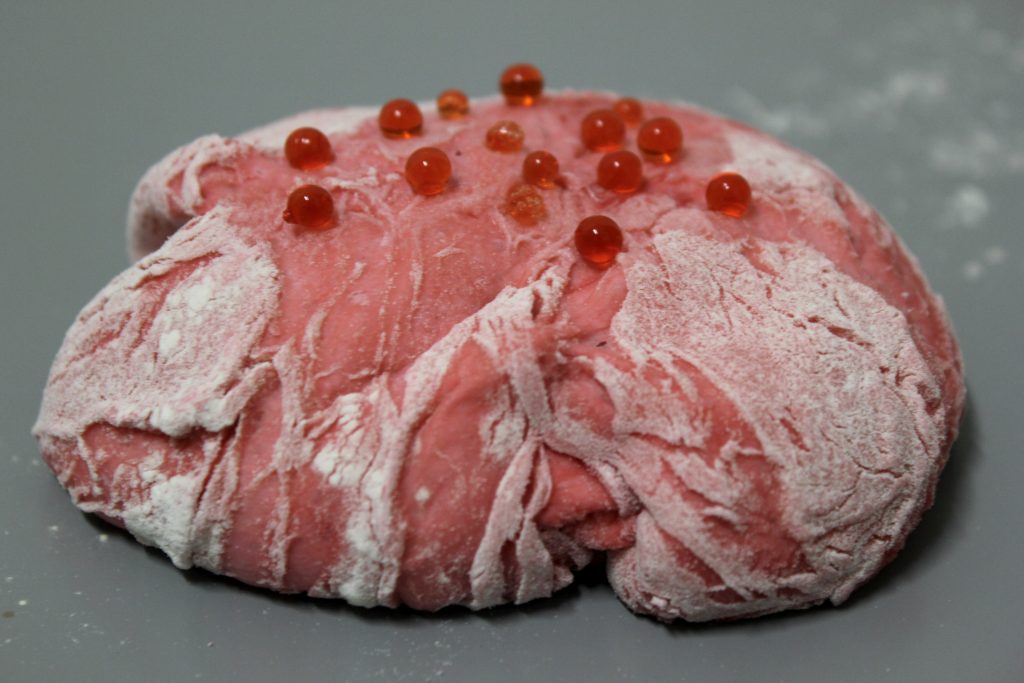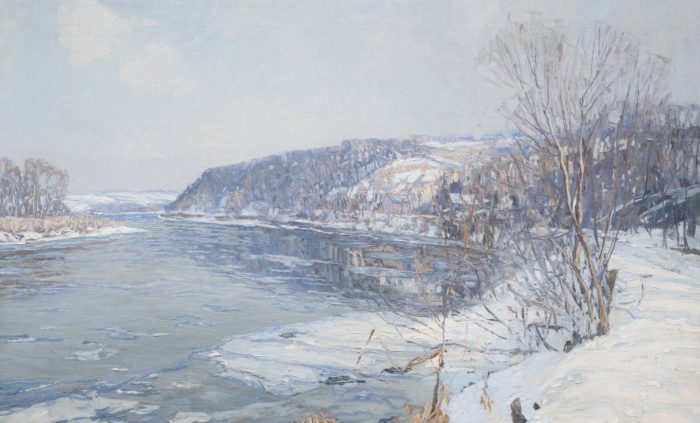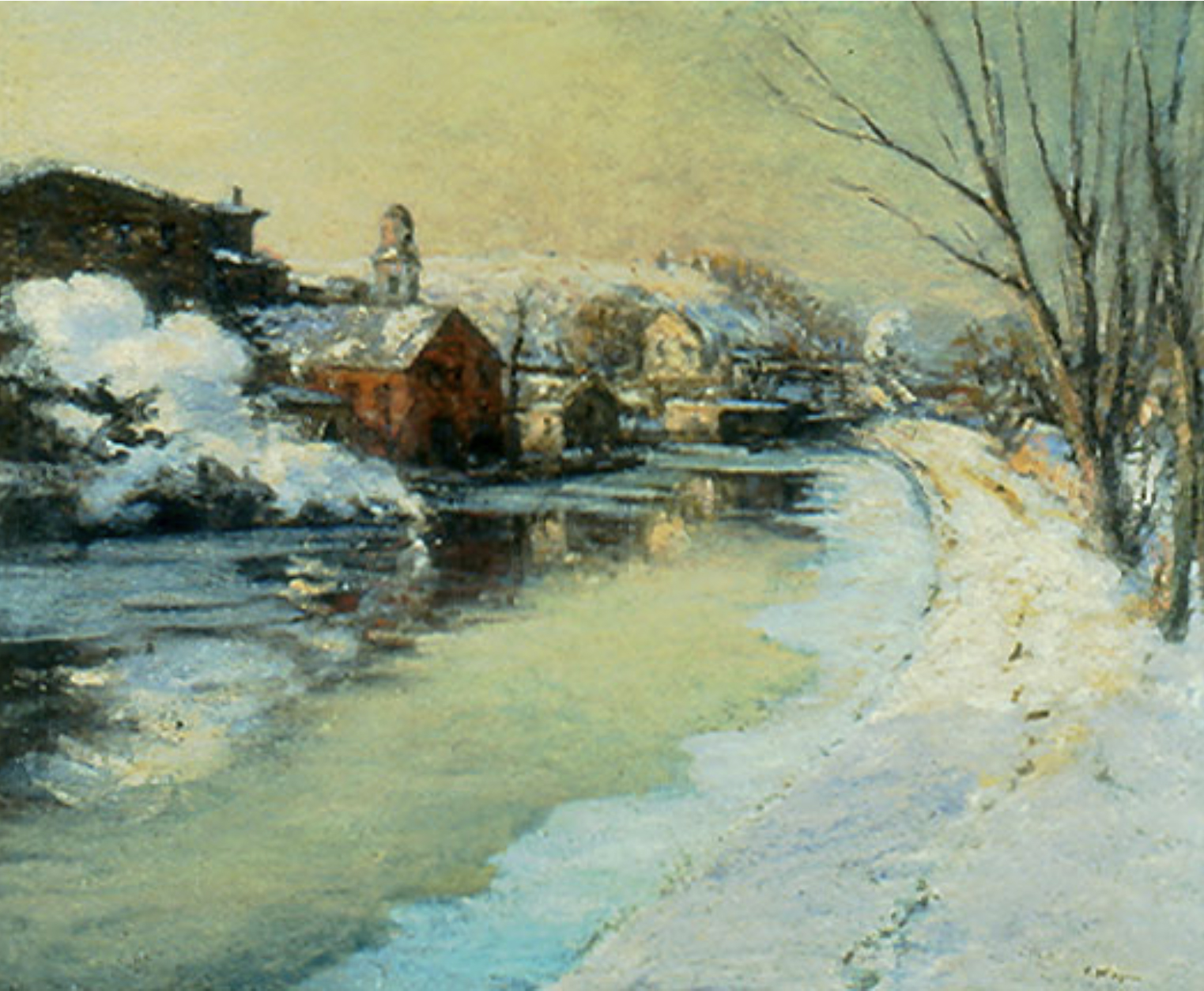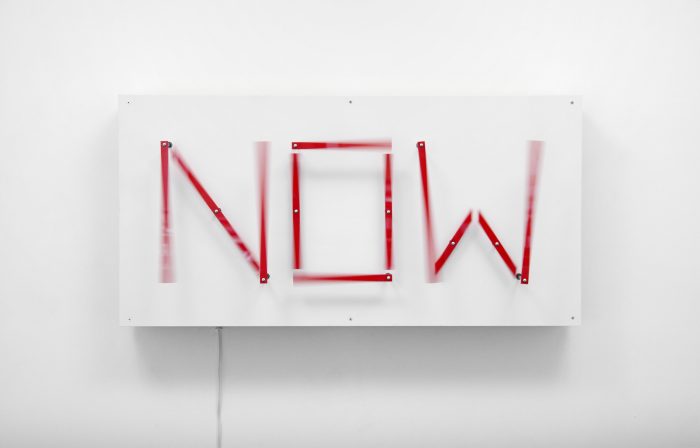
Now, by Ryan Strand Greenberg. The photographer and curator will engage the public in conversation about the history we pass on to the future on January 22, 2020. Image courtesy of the artist.
Designs for Different Futures, Philadelphia Museum of Art
“Well, I feel that we should always put a little art into what we do. It’s better that way.”
― Jules Verne, From the Earth to the Moon (De la terre à la lune), an 1865 novel.
“From the Earth to the Moon tells the story of the Baltimore Gun Club, a post-American Civil War society of weapons enthusiasts, and their attempts to build an enormous Columbiad space gun and launch three people—the Gun Club’s president, his Philadelphian armor-making rival, and a French poet—in a projectile with the goal of a Moon landing. Five years later, Verne wrote a sequel called Around the Moon.” – Wikipedia
I remember well receiving From the Earth to the Moon from my Aunt Fran for my 12th birthday, the book has three novels about the future that shaped my vision and expectations of science fiction. The novel begins shortly after the civil war with a story of transforming the technology of war into that of exploration and innovation and the concept of a ‘space ship’ is invented. The ideas posited in the book are still very relevant today, reality is stranger than fiction, though, and I’m pretty sure Verne would have thought we’d have colonized the Moon by now.
During the 1860s, the French Salon jury routinely rejected about half of the works submitted, Emperor Napoleon III saw the rejected works of 1863, he decreed that the public be allowed to judge the work themselves, and the Salon des Refusés (Salon of the Refused) was organized, on April 25, 1874 with the title The Exhibition of the Impressionists, held in the salon of the photographer Nadar and organized by the Société anonyme des peintres, sculpteurs et graveurs (Anonymous society of painters, sculptors and engravers), composed of Pissarro, Monet, Sisley, Degas, Renoir, Cézanne, Guillaumin and Berthe Morisot.
The 1860s was the ten-year period from the years 1860 to 1869.
The abolition of Slavery in the United States led to the breakdown of the Atlantic slave trade, which was already suffering from the abolition of slavery in most of Europe in the late 1820s and 1830s. In the United States, civil war between the Confederate States of America and the Union states led to massive deaths and the destruction of cities such as Chambersburg, Pennsylvania; Richmond, Virginia; and Atlanta, Georgia. Sherman’s March to the Sea was one of the first times America experienced total war, and advancements in military technology, such as iron and steel warships, and the development and initial deployment of early machine guns added to the destruction. After the American Civil War, turmoil continued in the Reconstruction era, with the rise of white supremacist organizations like the Ku Klux Klan and the issue of granting Civil Rights to Freedmen. – Wikipedia
I cribbed that whole paragraph from Wikipedia (I left all the links in tact), its time trippy that all of the topics are still relevant today, far in the distant future. Its no wonder Jules Verne wanted to blast off into space and the Impressionists were anxious to leave the past behind. On entering the show a sign asks us to close our eyes and envision the future, in Designs for Different Futures there is no escape from our earthly bounds but plenty of solutions to imminent future disasters. Similar to the popular The Impressionist’s Eye show which was divided into themes around urban life Nature, The Modern City, Everyday Objects (or still life), People, and Bathers, Designs for Different Futures investigates 11 thematic sections: Resources, Generations, Earths, Bodies, Intimacies, Food, Jobs, Cities, Power, Materials and Data.
My concept of the future was invented in an 1865 novel with steam punk technology and adventurism but this exhibit has more of a Philip K. Dick vibe, an American writer who died in 1982, his work explored philosophical, social, and political themes, with stories dominated by monopolistic corporations, alternative universes, authoritarian governments, and altered states of consciousness, there’s a video clip from Blade Runner 2049 that blips on the wall signaling his contribution to our concept of the future. I fell in love with Sci Fi with Jules Verne but PKD upended my world view with his predictive gritty awful realism of technology that invades our space instead of enhancing it and making things better. Entering the Designs for Different Futures exhibit is a bit like crossing the brane barrier between multiverses, a distinct tingle of déjà vu, with that feeling of time travel realness, and the notion that maybe things will be OK, after all.
Science fiction is not just space opera books, it’s art, television, films, games, theater, and other media that inspire an aspirational speculation of tomorrow’s technology and livability. In the ‘future history’ of art this collection of objects will be a touchstone of speculative futurism, an investigative art show in a museum space envisioning the future through science, technology, craft, and art. The first impressionism show was held in a photographer’s studio, a photographer who was an early hot air balloon explorer, the link between impressionism and the acceptance of functional distortion in painting and technology like photography opened a portal to new thinking about the ways things look in real life. The news about the future is often bleak, dystopia is a vision that is scary and an easy sell, but Designs for Different Futures is an installation of art and technology exploring the hopefulness data point in the Venn diagram overlapping past futures, present futures and future futures.
Designs for Different Futures
Philadelphia Museum of Art: October 22, 2019–March 8, 2020
Walker Art Center: September 12, 2020–January 3, 2021
Art Institute of Chicago: February 6 –May 16, 2021
Read the press release on DoNArTNeWs.
Like DoNArTNeWs Philadelphia Art News Blog on facebook
Follow DoN on Twitter @DoNNieBeat58
DoN Brewer on Pinterest
@donniebeat on Instagram
More DoNArTNeWs at www.brewermultimedia.com
Affiliate Marketing Disclosure Statement
Donate via safe and secure PayPal in the sidebar.
DoNArTNeWs celebrating eleven years reporting on Philadelphia art and artists.
